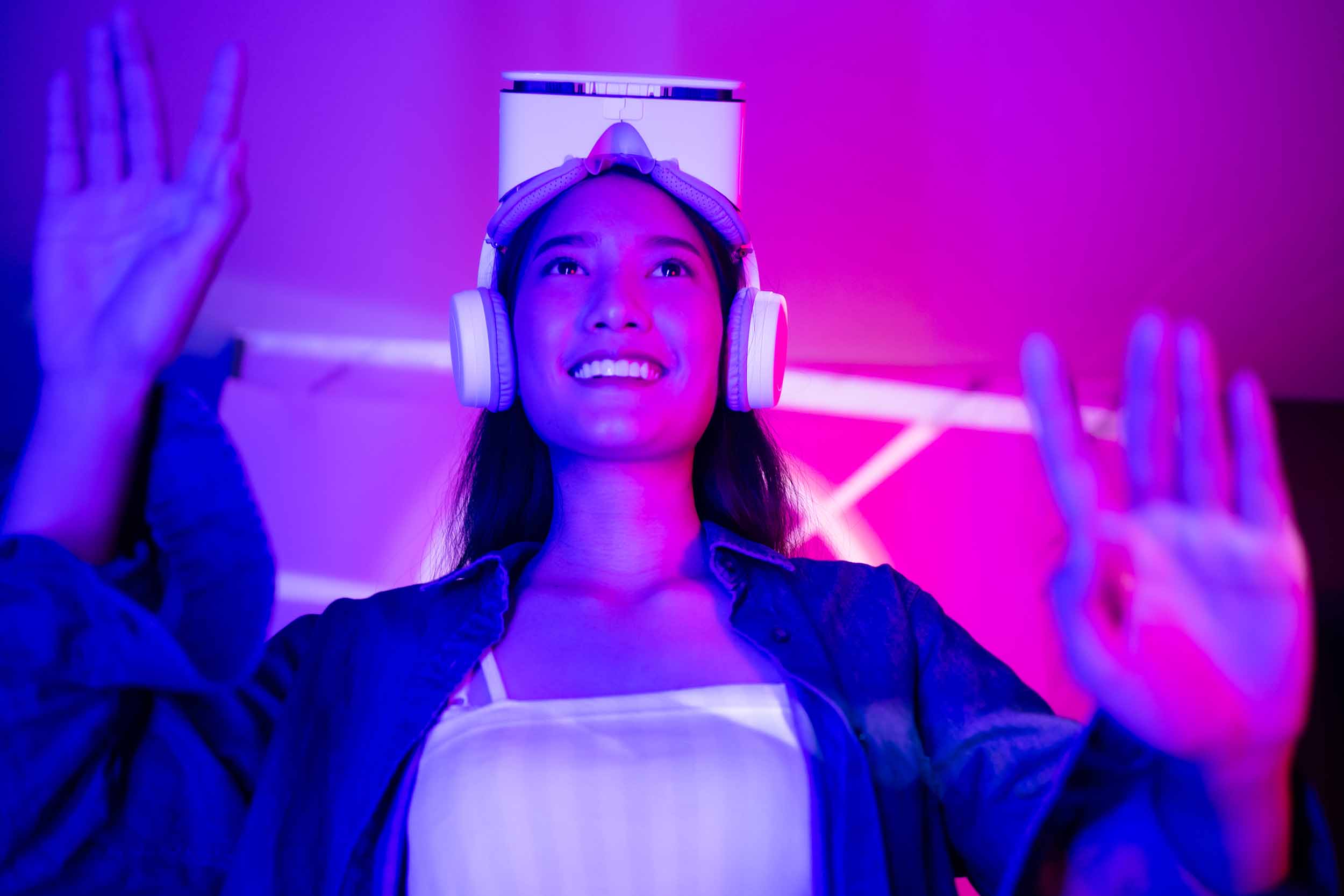Entertainment has always been an integral part of human culture, evolving constantly to meet the changing tastes and technological advancements of society. From the days of ancient theater in Greece and Rome to the rise of cinema in the 20th century, how we consume stories and experiences have steadily transformed. For a long time, entertainment was primarily a passive activity, where audiences would sit back and observe performances or watch films without actively participating in the narrative.
However, the advent of digital technology began to shift this paradigm. The introduction of video games in the late 20th century marked a significant change, allowing players to interact with virtual worlds and make decisions that influenced the story’s outcome. While traditional forms of entertainment like movies and theater continued to thrive, the growing popularity of interactive media hinted at a future where audiences could engage with content on a much deeper level.
This shift from passive to active engagement has only accelerated in recent years, fueled by advancements in technology such as virtual reality (VR) and augmented reality (AR). These innovations have given rise to a new genre of entertainment known as immersive experiences, where the boundaries between the real world and the digital world blur. In these experiences, audiences are not just spectators; they become participants, capable of influencing the narrative and environment around them. This evolution signifies a profound change in how we perceive and engage with entertainment, setting the stage for a future where immersion and interactivity are paramount.
